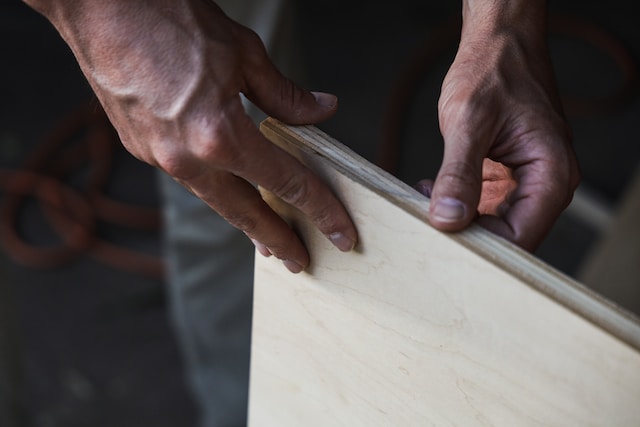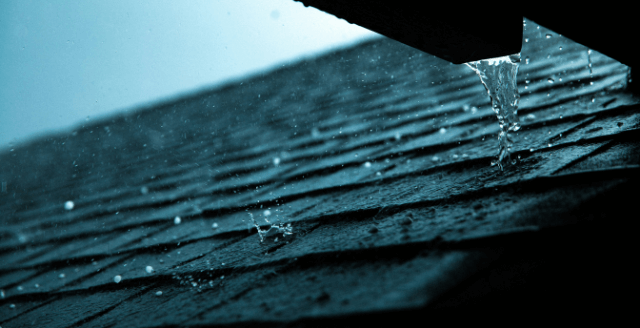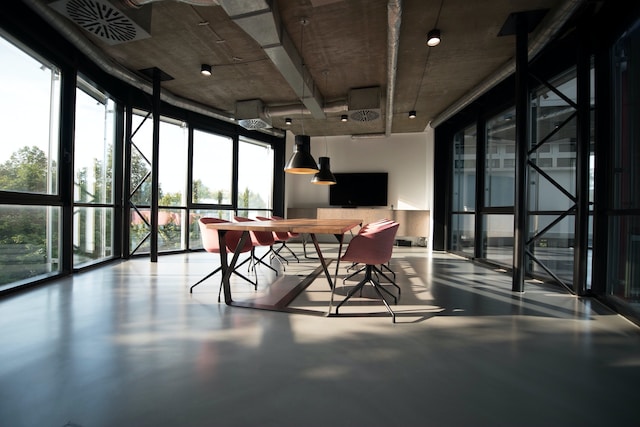Most of us have a good idea of what happens during a fire: we evacuate everyone, call emergency crews, and stand by as they douse the flames. While this is common knowledge, many aren’t aware of what goes into restoring a property back to its original state, including the steps that you must take to prevent further damage to your home or business.
Board up is one of the most essential parts of the initial Portland water damage restoration process, as it sets the stage for the rest of the work. By preventing intruders and incursions by wind or weather, you can protect the fragile building as a professional restoration team sets everything right again. Securing the premises also protects others from getting injured, such as a curious crew of children who have never seen a fire-damaged building up close; while you usually aren’t liable if a trespasser is injured on your property, it’s still the right thing to do.
What’s involved in securing the property before restoration work begins? Let’s take a look at the steps you should take in this early stage of the process.
Always ensure that the structure is safe before entering
Whenever a building has been damaged by fire and subsequent firefighting efforts, there may be serious risks to your health and safety, including noxious gasses, contaminated water, and unstable floors or walls. There could also be a risk of electrocution if the electricity has not been properly turned off. Ask for a professional opinion regarding whether it is safe for you to enter; don’t hesitate to call the fire marshal or another authority to ask for them to give you the all-clear.
Before entering the building, don personal protective equipment that will prevent you from inhaling dangerous substances or being scratched by contaminated materials. At the very minimum, you should wear heavy gloves, rubber boots, and a face mask or respirator.
At this point, you should call your insurance agency and a fire restoration company; in the meantime, it’s time to begin boarding up the property.
Gather the necessary materials, including the plywood boards
Measure all the entrances that you will be securing, giving several inches of clearance on all sides, and take these measurements to a home improvement store to get plywood boards. While there, get nails or screws, and a hammer or drill. You may choose to get spray paint as well so that you can explicitly warn against trespassing.
You will also want to get some 2x4s, which will be used to help support the plywood on either side of the opening. As you may need to shore up certain parts of the structure, get a few more than you will need to close up all openings.
Try to avoid areas with significant fire damage if at all possible, allowing the experts to handle this component
It’s tempting to try securing the whole structure yourself, but if you have any concerns about the safety of a certain area, it is best to leave this to the restoration team, who has training in assessing and securing unstable areas. Don’t ever put yourself in danger simply to stabilize an area of the building, as your safety is more important than any house or building. However, for lightly damaged areas that do not seem in danger of collapse, you can attach boards or beams for extra stability and protection.
Install the supports and the boards
On each side of every door or window you will be securing, nail in long vertical supports, which should extend down to the floor and a little above the entrance. As walls may have been weakened by the fire and subsequent soaking by the firefighters, you need to shore them up so that they can handle the weight of the plywood.
Once these are in place, nail or screw the plywood boards into the supports first, ensuring that they are taking the most of the weight of the boards. You should also attach the boards to the tops and bottoms of the entrance, using multiple boards if necessary. Should you have large picture windows that need multiple boards to cover, install a vertical support between each board to provide further support and a tight fit between the plywood.
Check for a tight fit, then document your work for the insurance company
There should be no wiggle room in your boards, as you need to discourage intruders and prevent the elements from seeping in. Lightly pull on each board to see that it is securely fastened to the wall and to its support beams; if necessary, add more nails or screws in areas that seem too loose.
Once you’ve completed this, take pictures to send to your insurance company. This will show that you’ve taken the proper steps to prevent further damage, and it also can give the agent an idea of how extensive the problem is.
These first steps will prove a great help to your restoration team
Boarding up all but a few essential exits doesn’t just protect your belongings: it also hastens the restoration process, as it contains the damage and prevents further degradation of the area. In boarding up the damaged areas, it provides essential barriers between the structure and the elements, which can help speed up the process of drying out and sanitizing the damaged rooms. Lastly, the board-up gives a clear visual cue of which areas have received the worst of the fire and water damage, allowing restoration crews to focus their attention on the parts of the building that are at most risk of collapse or severe structural problems.
The restoration company is your ally in getting your home or business back to normal, and securing the property is one of the best ways that you can play an active role in the process. As soon as it is safe to do so, get started closing up all windows and doors that will not be used as access points; your team of water damage remediation technicians will thank you.



